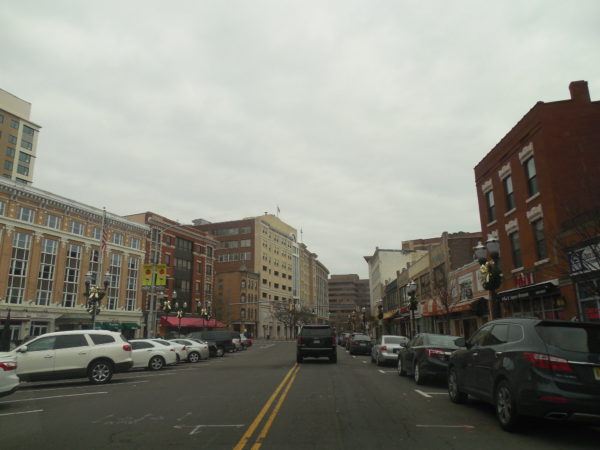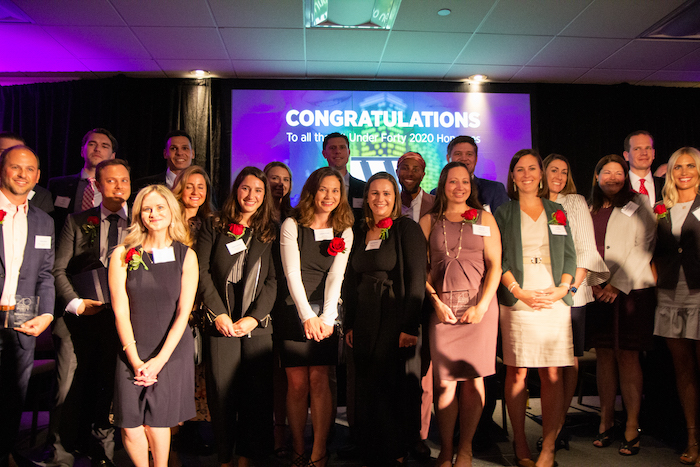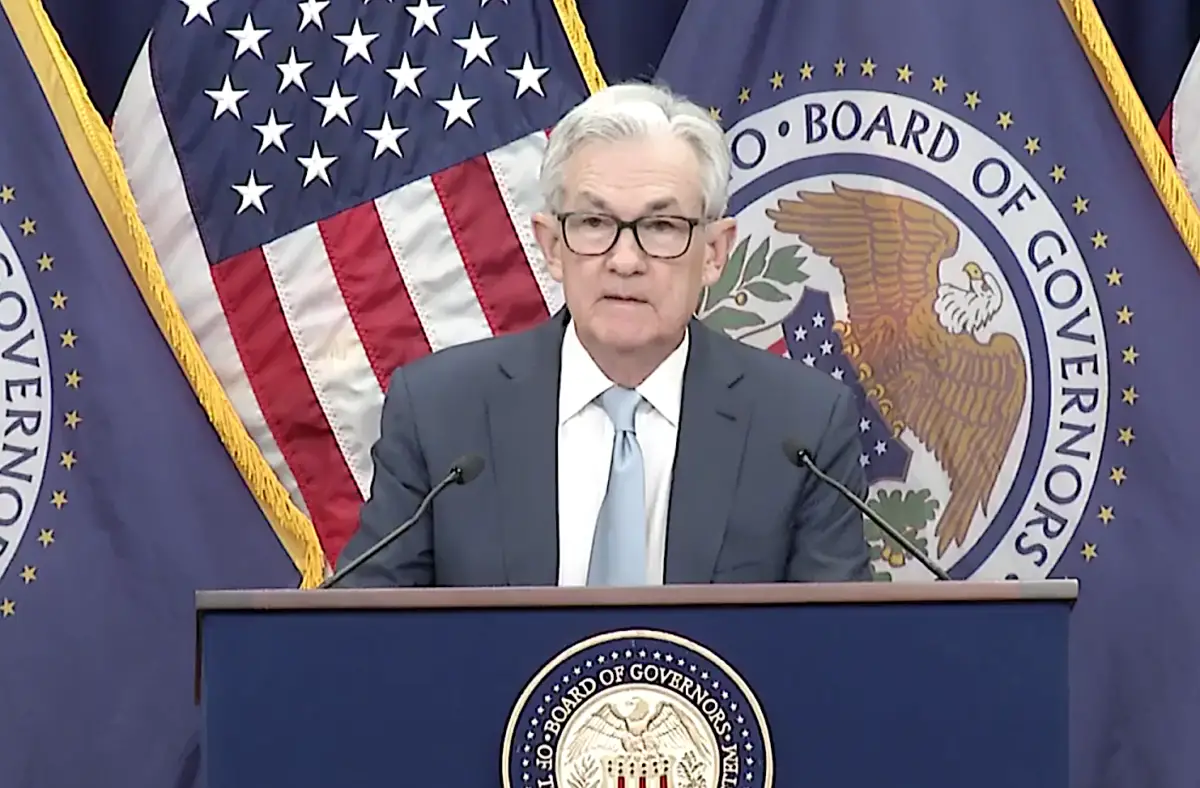
More than 6 million square feet of office space in Westchester and Fairfield County has been converted into alternative uses over the past 10 years, according to new research published by CBRE.
The disappearance of office space within the counties totaled 27 conversion projects totaling 3.2 million square feet in Fairfield County, a 6% evaporation. Multifamily uses accounted for the majority of conversions (38%), amounting to 1.2 million square feet, while educational use was the second most prevalent conversion at 700,000 square feet or 22% ”” the latter was primarily fueled by Sacred Heart University taking over 3135 Easton Turnpike in Fairfield in 2016. Other conversions saw the former office properties becoming industrial/flex buildings (400,000 square feet or 13%), senior housing (370,000 square feet or 12%) and medical offices (340,000 square feet or 11%).
The buildings that were converted were often vacant for years and mostly Class B properties, with the majority of them located in central and northern Fairfield.
Across the state border, multifamily uses also accounted for the majority of conversions in Westchester (42%), amounting to 1.37 million square feet. Medical office use was the second most prevalent conversion at 620,000 square feet or 19% of the market, followed by education (410,000 square feet or 13%) and senior housing (290,000 square feet or 9%).
The majority of Westchester”™s conversions were in the noncentral business district submarkets, with Westchester East accounting for nearly half of all activity since 2012. The largest single conversion project in Westchester involved the 330,000-square-foot 440 Hamilton Ave. in White Plains, which became a multifamily redevelopment in 2017.
David J. Block, executive vice president at CBRE, pointed out that rise in conversions began as more companies began to shift away from suburban office properties to urban centers, noting that ”˜some of that was to get their employees into more of a live-work-play environment, some just to get closer to transportation, like train stations in Stamford or Greenwich.” As for the last two years of the 2012-2022 stretch, Block did not see the Covid-19 pandemic having an impact in this area.
“It”™s important to understand the cycle of repurposing these redevelopments,” he said, noting the process involves multiple steps ranging from proposals to raising capital to municipal zoning approval. “This cycle is really a multiyear process.”





















